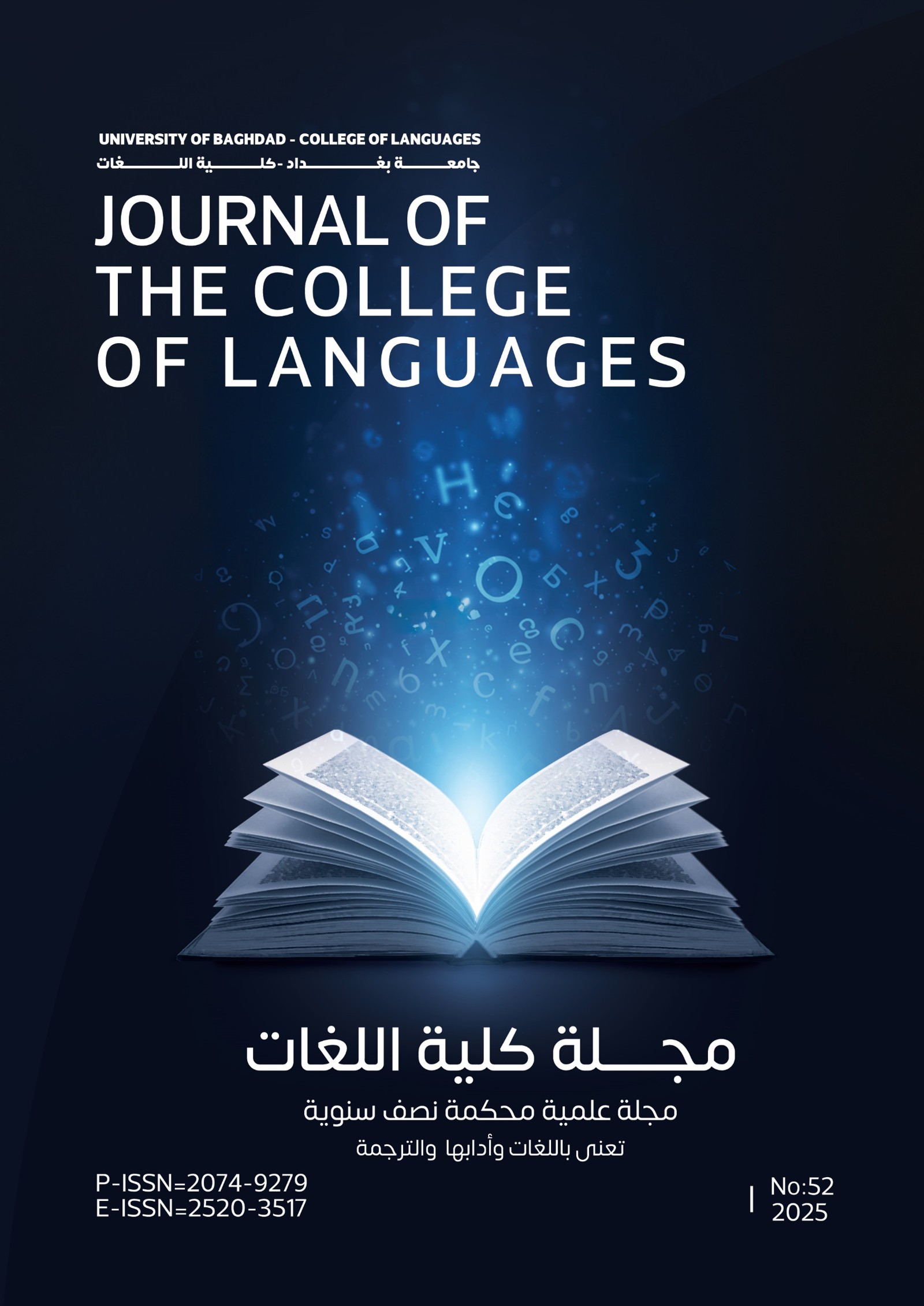Osmanlı Edebiyatında Karagöz Qara Quz (Shadow Puppetry) in the Ottoman Literature
Abstract
ÖNSÖZ
Karagöz , tarihin derinliklerinden düşünülmüş bir hayal oyunu’dur . Beyazperde üzerine , birtakım tasvirlerin gölgelerini yansıtmak suretiyle gösterilentemaşa çeşididir. Meddahlık ile orta oyunu’na yakınlığı ve aşağı yukarı aynıteatral unsurları , komik temaları kullanması dolayısı ile karagöz’de sözlü tiyatrogeleneklerisayabiliriz . Nitekim bu hayal oyunu’nun perde arkasına yerleşerekhüner gösteren bir tek aktörüvardır . Bu aktörün oyun için kullandığı malzemeperde , şema (mum) ve tasvirler’dir. Altı yüzyıldır canlı kalan karagöz , dünyanın eneski en zengin ve en güzel halktiyatrolarındandır. Türk toplumunun yüzyıllarönceki durumuyla bugün arasında bağ kuran birköprü gibidir. Yüzyıllarca canlıkalmayı başarabilen ve Batı’nın da ilgisini çeken Türk gölge oyunu ,Türktoplumunun özelliklerini yansıtan en önemli sanat dallarındandır . Çünkü buoyunlar ,Osmanlı İmparatorluğu’nun geniş sınırları içinde birbiriyle hoşgörüiçinde yaşamış çeşitli din ve milliyetteki insanların ilişkilerini yansıtır. Küçüktenbüyüğe herkesehitap edebilen karagöz oyunlarında söylenen şarkılar,gösterilen danslar ve şiirler çocuklara vebüyüklere güzel ve eğitici anlar yaşatır .Hem memleket kültürüne , hem de ma’şeri ruhiyata birhizmette bulunmakgayesiyle , Türk folklorunun en şayanı dikkat mahsullerinden biri olankaragöz’dür. Folklor usulleriyle karagöz adını verilen bu halk an’anesinin tarihitekamülünün ,toplumsal hadiselerle olan munasebetini belirtmek mecburiyetiile bu araştırmayı ele aldım . İlkönce gölge oyununa göz atıktan sonra karagözü belritmekiçin genel bilgilerle açıkladım ondansonra İstanbul'da süleymaniyye kütüphanesinde bulduğumhayalı memduhun hikayelerindenkaragözün aşçılığı örnek olarak ele aldım ve bunu Osmanlıcadan yeni Türkçeye çevirdim.Sonun’dabu araştırmanın faydasını tümokuyuculara dilerim .
Abstract
Qara Joz Art is considered as one of the most distinguished popular, folkloric, traditional Turkish arts. The Egyptians and some Arabs pronounce Qara Joz as (Aragoz), the Iraqi people call it Qara Qoz, which is one of the oldest popular drama arts for children in the history of the Turkish culture. Irrespective of the continued disagreement as regards the origin and springhead of this classic popular art, the question is: has this art come from Egypt at the hands of Sultan Saleem 1 in a campaign in the East as this art did exist in the Mamluke era in Egypt. Saleem saw this art and then took one of the actors with him to Istanbul for the purpose of amusing his son who later on became a Sultan after him and was known as Sultan Saleem, the Great, or has this art originated from the Turkish Anadol or did it come from Middle Asia to Turkey. Researchers agree unanimously on the fact that the Shadow Puppetry originated from the Far East and then came to many countries in the world.
It seems difficult to determine the country where this art originated. Some studies indicate that this art originated in China, but there is another citation that the term "Shadow Puppetry" was mentioned in an old Indian text and a third citation states that the "Shadow Puppetry" probably came to us from Al-Magool country and then passed on to the neighboring countries, especially Japan and Java islands. It is likely that the "Shadow Puppetry" passed on to the Arab countries from Java and was transferred by Islamic merchants.
Some studies indicate that the "Shadow Puppetry" passed on from the Chinese to the Magool and from them to the Turk. Turks of the middle Asia used to name this kind of art as (Qaroojak) as it largely depends on puppets that move by using the hand and strings that are tied to the puppets behind a white curtain lightened from behind. Turkmens in Iraq still name the puppet as Qaroojak and historians confirm that the Shadow Puppetry was in every region where the Turks came to through their successive immigrations. The thing that is confirmed is that the popular art in Turkey goes back to the Middle Ages and is believed that it started in the 16th century (AD) at the time of Sultan Sulaiman 11 who was entitled as Alqanoy. This art that spread in the Ottoman State in the middle ages began first at the palaces of rulers and aristocratic class the purpose of which was to amuse and please the rich. This art was called in olden times as the Shadow Puppetry because it is an art that depends on the shadow arising from the movement of the figures and allegories of the tale and emerge as a result of a light shed on a white curtain background. This humorous art is widely and equally accepted today by young and old people. It represents one of the branches of the child theatre. It is also regarded as one of the folkloric and beautiful traditions that is shown to the people on religious and social occasions, especially during the blessed month of Ramadhan.
Qara Joz is the absolute naming of a historical, humorous, sarcastic black-eyed Turkish personality who expresses the person who had been exposed to punishment by one of the Sultans, namely Sultan Orkhan as a result of his failure to accomplish the building of a mosque in the Turkish city of Bursa in time in the 14th century (AD). He was an illiterate man who used to use the popular dialect and did not understand any of the foreign words and expressions. He also used to pretend that he did not understand any of the common expressions and this made him give synonymous expressions that signal other meanings to arouse laughter.
The name of Haji Wat which is usually connected with Qara Joz in the child theatre art and popular humorous culture is a person who was quite different from his companion Qara Joz. He was an educated person who had simple knowledge in mathematics, economics and grammar in addition to literature.
He was an opportunist who used to safeguard his personal interest first and behaved according to situations and circumstances. He was the companion of Qara Joz in the above-mentioned historical event concerning their failure to comply with the date of finishing the building of a mosque as there had been a sarcastic dialogue between workers who had been building a mosque in Bursa city which was the capital of the Ottoman state at that time. Sultan Orkhan cut off the heads of Qara Joz and Haji Wat because of the delay in the execution of building the mosque and because they spent their time pelting one another with jokes.
As to how this event has taken its way to become a sarcastic dramatic art, historians say that a man by the name of Sheikh Koshteri is the one who reported the workers' tale to the people. He also photographed the event in the presence of the Ottoman Sultan. We can see that the two form bilateral companions that can never be separated in the different situations between joking and crying (melodrama). This is the reason that has made it up-to-date a precious and abundant matter from which popular tales can be prepared and displayed to the children on occasions, in schools, in charity endowment houses and cultural centers for the purpose of guiding the children towards discipline and obedience in school and at home as well as respecting older people. It is also regarded as one of the branches of the popular Turkish literature.







